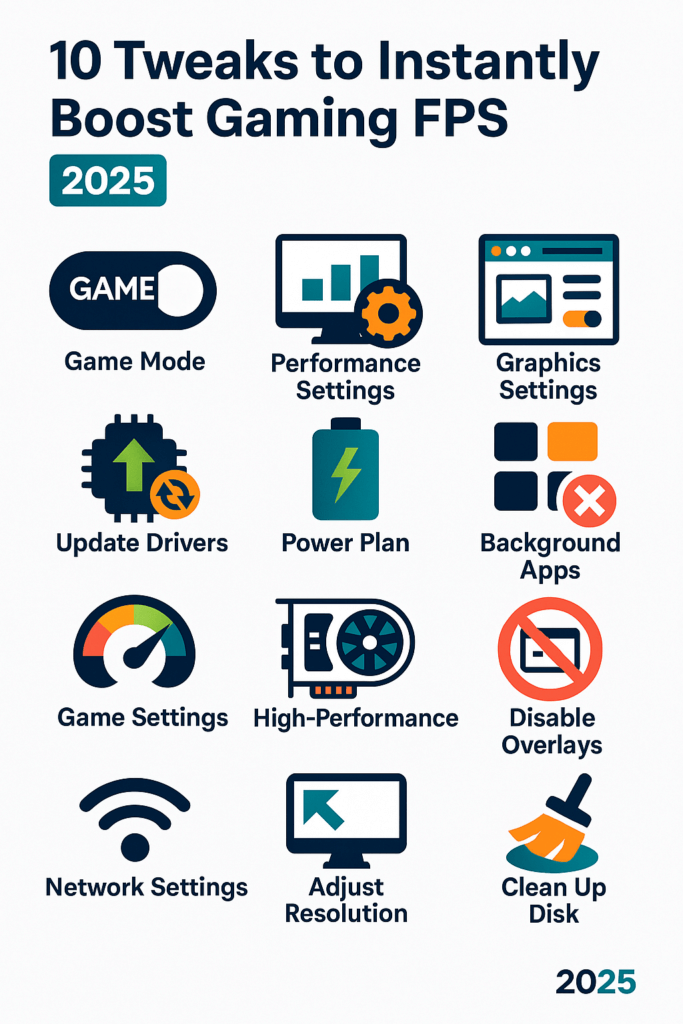Want more FPS or faster processing without buying new parts? Overclocking is the answer — and it’s easier (and safer) than you think. In this 2025 beginner’s guide, we’ll walk you through how to how to safely overclock your cpu and gpu.
⚠️ Always overclock responsibly. Know your hardware limits and monitor temps!
🏋️♂️ What Is Overclocking?
Overclocking is pushing your hardware (CPU or GPU) to run faster than its default speeds.
- CPU: Increases processing speed, better multitasking, faster apps
- GPU: Boosts FPS in games, better performance in rendering
⚙️ What You Need Before You Start
- A CPU or GPU that supports overclocking
- Intel K-series (e.g., i5-12600K), AMD Ryzen (e.g., 5600X)
- A compatible motherboard (e.g., B550, Z690)
- Good cooling (aftermarket air or liquid cooler)
- Reliable PSU
- Patience — this is a test-tweak-repeat process!
🤖 Step-by-Step: How to Overclock Your CPU
1. Enter BIOS/UEFI
- Reboot your PC and tap
DELorF2to enter BIOS - Look for an “Advanced” or “OC Tweaker” section
2. Increase Multiplier (Core Ratio)
- Bump your CPU multiplier up by 1x (e.g., from 40x to 41x)
- Save and reboot
3. Stress Test
- Use Prime95, Cinebench, or OCCT to stress test for 10–30 mins
- Monitor CPU temps (use HWMonitor or Core Temp)
4. Repeat and Monitor
- Increase again slowly if temps stay safe (<85°C under load)
- Stop when system crashes, temps spike, or instability occurs
🚀 How to Overclock Your GPU (NVIDIA/AMD)
1. Download Overclocking Tool
- NVIDIA: Use MSI Afterburner
- AMD: Use AMD Adrenalin Software
2. Raise Core Clock and Memory Clock
- Start with +50 MHz increments on core
- Then test memory clock with +50–100 MHz
3. Stress Test GPU
- Use 3DMark, Unigine Heaven, or play a demanding game
- Watch for artifacts (flashing, lines), crashes, or freezes
4. Fine-Tune and Save Profile
- Dial back if unstable
- Save your stable overclock profile
❄️ Keep Temps Under Control
Safe operating temps:
- CPU: under 85°C during stress
- GPU: under 80°C ideally
Clean your fans, manage cables, and consider repasting your CPU if temps are high.
🌟 Final Thoughts
Overclocking is free performance — but do it wisely.
- Start small, test often
- Use the right tools
- Don’t chase record speeds if stability suffers
Want more power tips? Check out our full Performance Boost Series




